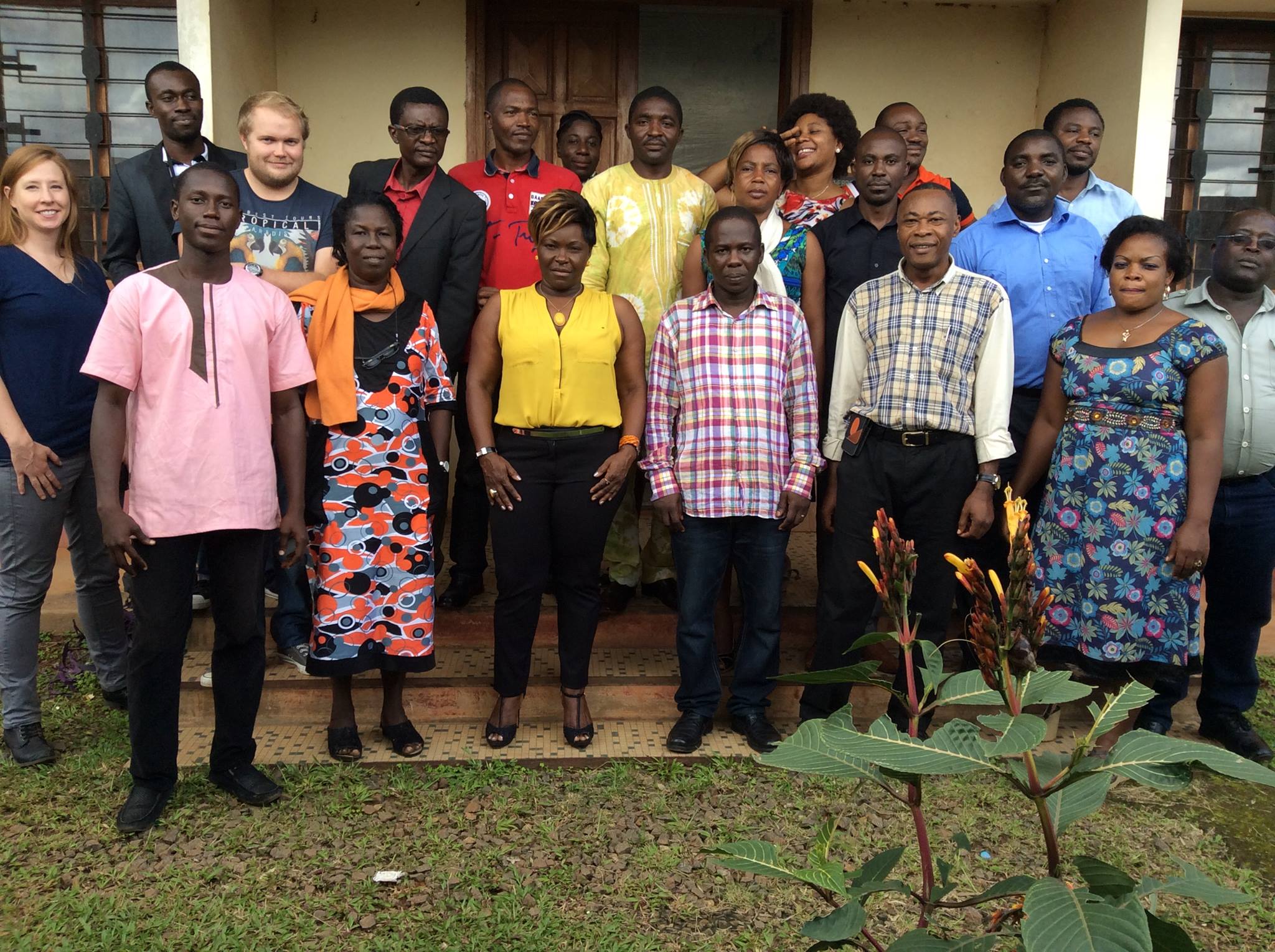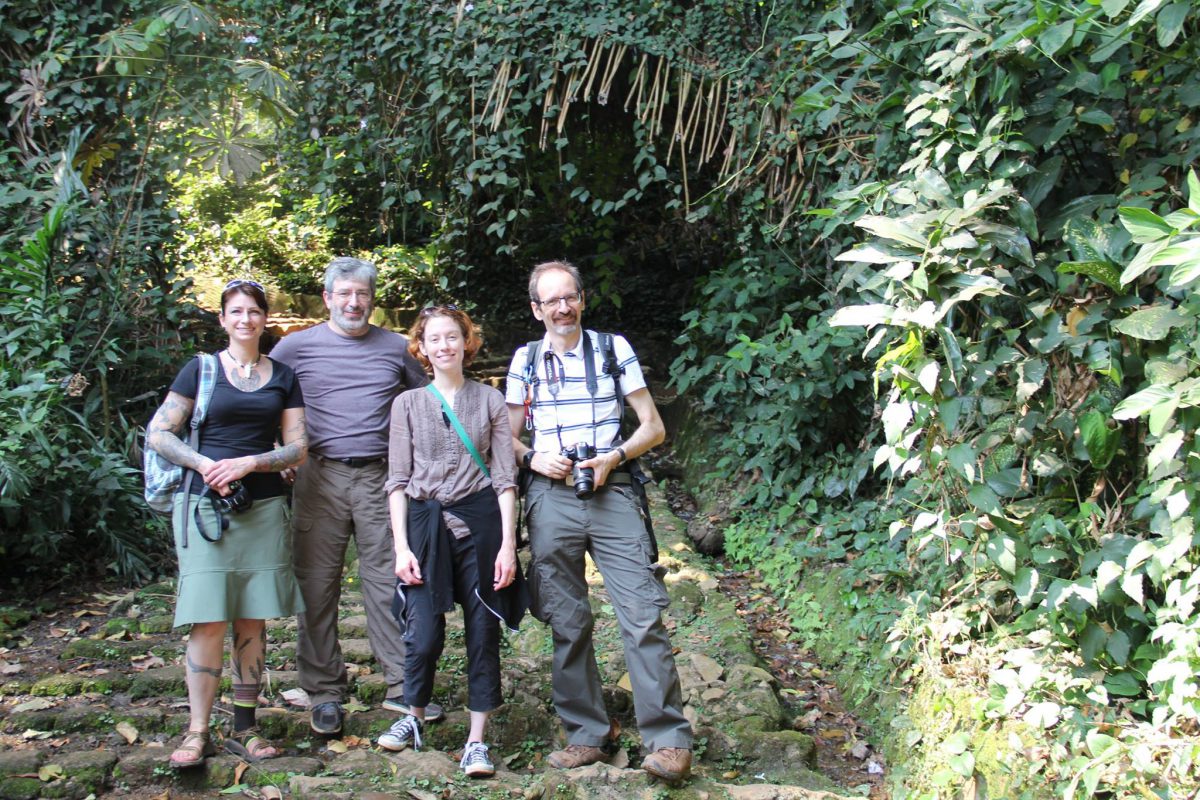Over the past four years, the University of Kansas Biodiversity Institute (JRS grant page), lead by Dr. Town Peterson and Co-Director Dr. Kate Ingenloff, has had the ambitious goal to build a comprehensive package of biodiversity informatics educational materials that would be accessible for free to anyone – literally anyone – who wanted to learn about how to gather, manage, and use biodiversity data. Now, they have announced that they have done just that. The JRS Biodiversity Foundation aims to increase the capacity for biodiveristy informatics in sub-Saharan Africa by investing in the institutions and people that create and share biodiversity data and information. By providing formal and experiential training, road tested in Africa, and making it widely and freely available, the University of Kansas team has demonstrated a fresh and a notably dedicated approach to biodiversity informatics capacity building.
In a paper in the journal Biodiversity Informatics, Peterson and Ingenloff introduce the Biodiversity Informatics Training Curriculum (BITC), version 1.2, the first complete training curriculum in biodiversity informatics – the discipline is so new that there are no degree programs or existing textbooks synthesizing and translating the field. Major advancements in data availability and computing power have, over the past decade, enabled the development of new and powerful approaches to answering questions about the earth’s biodiversity, from basic questions such as, “what plants and animals live where?”, and extending to more complex scenarios, envisioning the effects of future climate or land use change on habitat connectivity. This knowledge base, and the techniques to implement informatics, are often learned one at a time, drawn from disparate sources. The new curriculum steps logically through the informatics approach, from data collection and management, to analyses, and applications in conservation and public health.

This training curriculum is noteworthy, not only for meeting the need of a growing discipline, but also because it trains young scientists through online resources and experiential training. Rather than presenting the curriculum as a standard textbook, inert and destined to become outdated, the BITC is constructed as an online course series and academic community. Each topic in the series, such as Biodiversity Data Analysis, is a modular course, originally implemented as a series of training workshops for scientists in Africa. It can be taken as 12 stand-alone components or as part of the entire series. Online resources include a webinar series and an active Facebook community to take advantage of widely-available web platforms, such as YouTube, and together create a resource that is responsive to new ideas and technologies, and an interactive opportunity to support educational goals of young scientists and managers worldwide.
The BITC team is committed to accelerating the transfer and dissemination of new and more powerful tools in biodiversity informatics and conservation with particular emphasis on the developing world. The goal of the BITC is to make this information as accessible as possible. The team offers to mail the compiled information in a USB memory drive to anyone who cannot access it via YouTube and is developing a semi-automated workflow to translate lectures subtitles into as many languages as possible. Future plans include creating a certification or degree program built around the curriculum.
Capacity Building in biodiversity informatics is one of JRS’ three core grantmaking Programs, and underpins nearly all JRS-funded projects. Training courses like the BITC enhance the technical capacity of African countries to manage biodiversity for sustainable growth and promote communities of learning that will sustain the demand for biodiversity data.
Check out the BITC YouTube channel and Facebook group. The entire curriculum is available on the BITC site.

